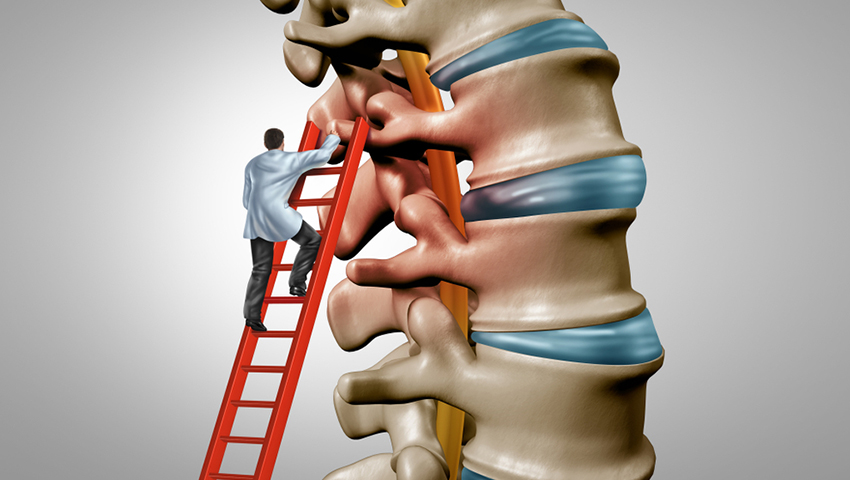Spinal Stenosis Surgery
Spinal stenosis is a situation that can be described as thinning of the spine at one or more of the spinal canal, nerve root canals and intervertebral spaces. This thinning can exert compression strain on the spinal cord and the nerve roots.
What is Spinal Stenosis?
What are the common causes?
Degeneration
- The most common cause of stenosis is a natural degenerative process as we age.
- Ageing and some other factors can lead to the thickening and hardening of supporting Tissues of the spine.
- Joints and bones become hypertrophic.
Osteoarthritis
- This degenerative and progressive condition usually happens when we age and affects bones and joints.
- Wear and tear occurs in soft tissue or cartilages which line under bone surfaces.
- The formation of bone spurs increases joint sizes.
Congenital
- Genetic disposition to a smaller spinal canal from birth.
- Some persons are born with a curved spine (scoliosis).
Who is More Prone to Spinal stenosis?
- If by birth you have a narrow spinal canal.
- If you are a female.
- If you are of age 50 years or older.
- If you have a BMI of more than 30- overweight.
- If you previously had spine injury or surgery.
- If you consistently follow poor posture.
What are the signs & symptoms?
Stenosis commonly occurs in the lumbar (low back) spine and cervical (neck) spine. Spinal stenosis usually can be present with either no symptoms or symptoms which come out slowly and worsen over time; clinical features may include:
- Pain at buttocks and back (dull aching in nature) occurring over a long period.
- Weakness, pain, cramping, numbness, tingling in the legs and arms.
- Pins and needles in your toes or feet.
- Partial or complete leg paralysis.
- Cauda Equina Syndrome (CES): this is a condition that involves firmness of the cauda equina (collection of nerve roots found below the level of spinal cord termination) and causes symptoms, e.g. weakness, pain, feeling that your one or usually both legs are not supporting you; loss of control of bowel or bladder. This condition is unavoidable and does require emergency medical attention.
- Neurogenic claudication: aggravated and continuous leg pain with walking that is comforted with rest.
- Symptoms are relieved with the bending of the spine and aggravate with spine straightening.
.png)

.jpg)
.jpg)
.jpg)

